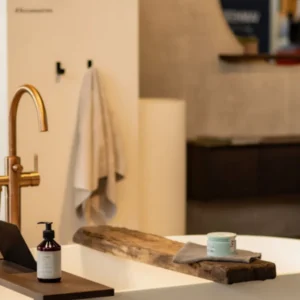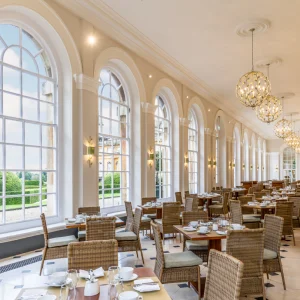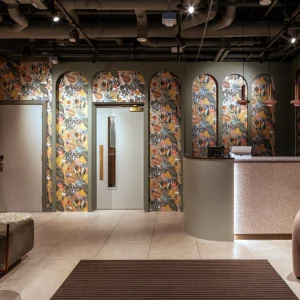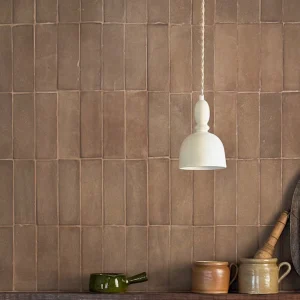
Category 1
Architecture
The first brief involves designing for a printer that can harness the sun’s energy and will use sand as its building material to create a carbon-neutral structure for nomads or permanent dwellers in Sub-Saharan regions of Africa. This exciting technology – solar sintering – is in development by Martin Watmough of AES and will be capable of building large objects -from houses and irrigation channels or sea defences to temporary roads using the surrounding sand and the sun.
Powered by solar energy, the technology harnesses and concentrates the sun’s energy using Fresnel lenses (originally developed for lighthouses) to melt the sand in successively added layers. The key development of this system is that it builds the objects and there’s little restriction on the size of object that can be produced.
Category 2
Product design
The second brief is about creating objects for those buildings. These can be anything from fixtures and fittings such as taps and handles, through to domestic objects such as utensils and food containers. These will be created in ceramic. The technology for this is commercially available and works within a 20cm-cubed frame.
Successive layers of material (either plaster or starch powder) are put down and each layer is printed with a water-based binder, gradually building up the object. Watmough and his partner Richard Beckett have developed a new ceramic-based material for not-for profit art and community outfit FuseArts, costing just a fraction of normal 3D printing materials and removing a major cost-barrier currently associated with this technology. Once objects are ‘built’, they are fired and glazed like normal ceramics.
How to enter
Please feel free to enter either or both parts of the competition.Don’t worry if you’re not thoroughly proficient in designing for 3D printers, all we are asking you to do initially is provide us with a 3D sketch or rendering of your project. If chosen by the judges there will be consultation before the final production of your object. Obviously, there are parameters involved with the technology – we hope most questions are answered below:
Technical brief
- Initial designs should be submitted as 3D CAD renderings.
- For 3D printing, the objects must be able to fit inside a 15cm x 15cm x 15cm box.
- For the architectural part of the competition, the design should be scaled down to fit within these parameters for printing.
- No element of the design may be less than 3mm thick.
Submitting your entry
- The deadline for the competition is 31 July 2013
- Submit your entries to info@blueprintmagazine.co.uk
- If the file is larger than 10MB, please use a file transfer website
Choosing a winner
A shortlist of five projects will be chosen for each category.
The creators of these projects will then need to resubmit their designs in .stl format for production.
We will contact you personally at this time and can offer advice during this part of the process. For the Blueprint for the Future exhibition, all of the final models on display will be made using the solar sintering or 3D printing process.
The final products will be put on display at DesignJunction 18-22 September, during the London Design Festival. Visitors will be asked to vote for their favourite.
The project with the most votes in each category will win the £1,000 category prize.
If you have any queries about the competition please contact us at info@blueprintmagazine.co.uk.
Finally: Thanks for taking part!





